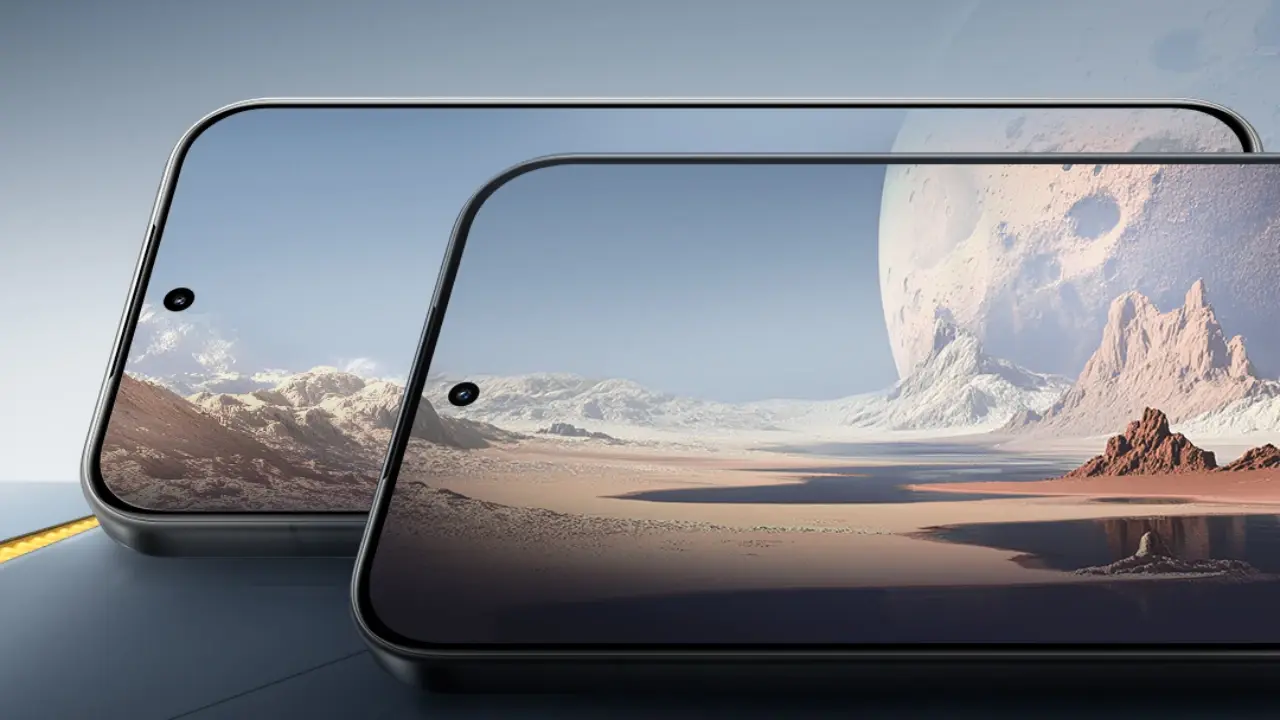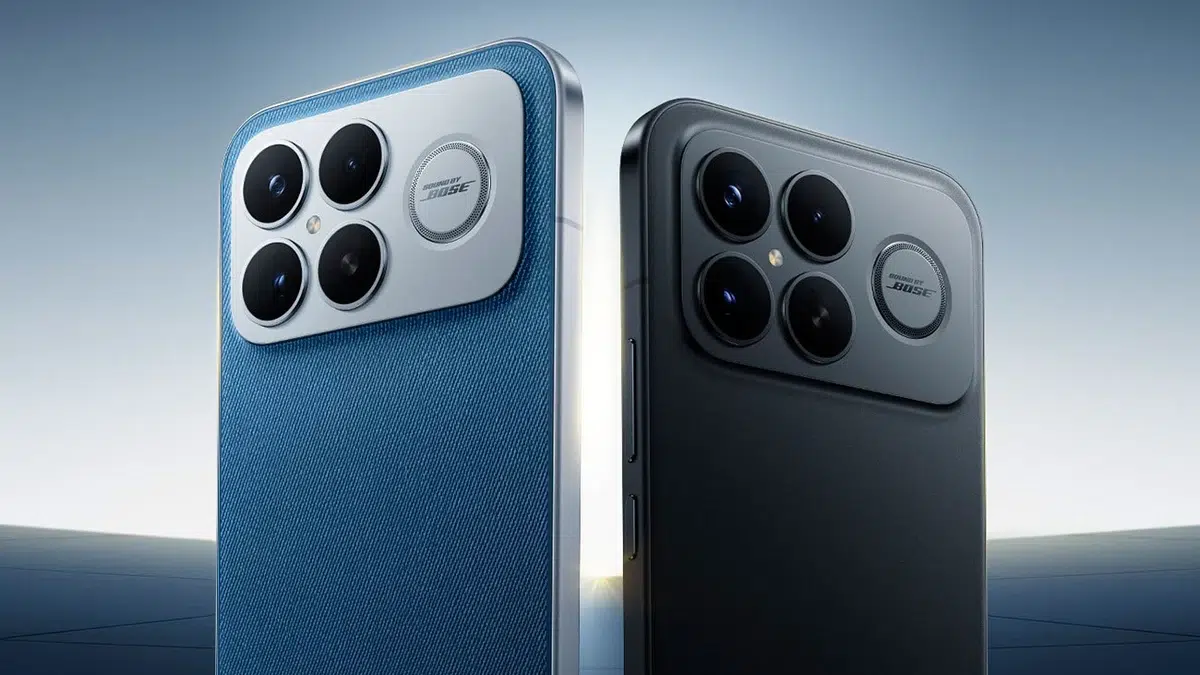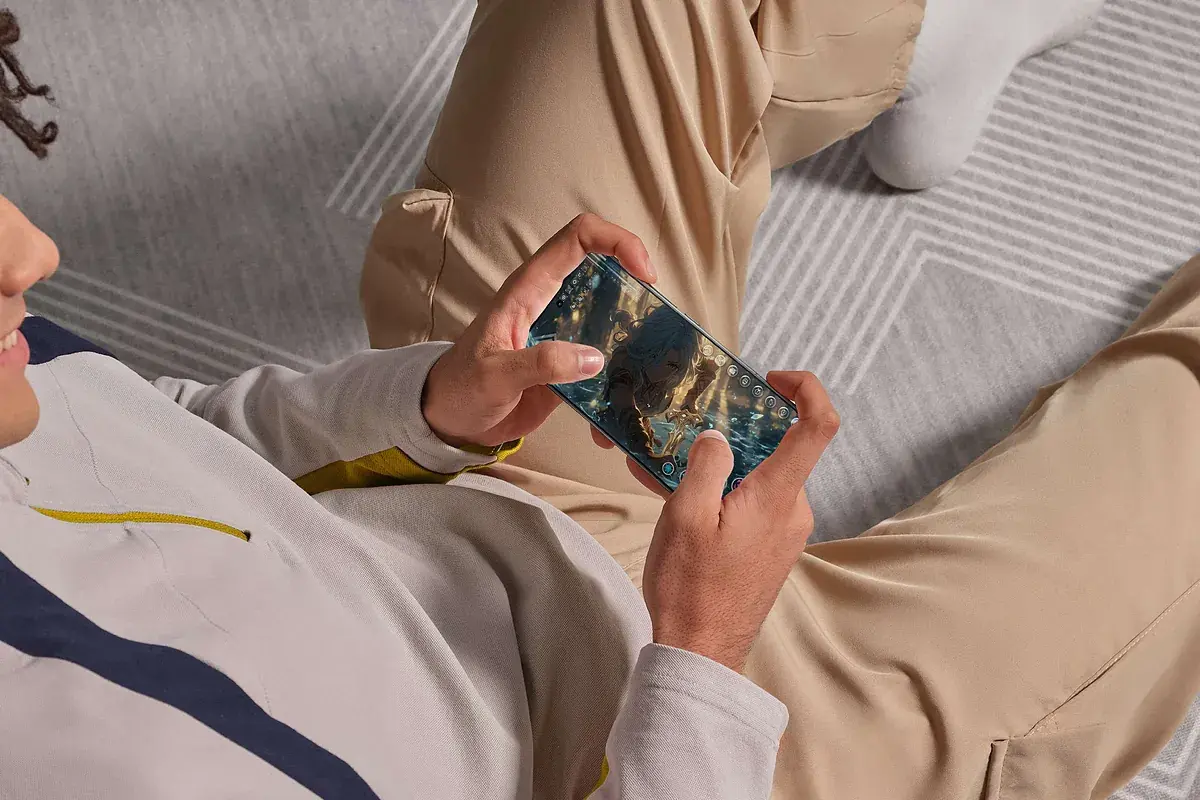- The POCO F8 Ultra arrives in Spain as a flagship phone with Snapdragon 8 Elite Gen 5, HyperOS 3 and a 50 MP triple camera system with a 5x periscope telephoto lens.
- It features a new 6,9-inch HyperRGB AMOLED display, brightness up to 3.500 nits, 2.1 sound with subwoofer by Bose, and a "denim" design with IP68 certification.
- The 6.500 mAh battery with 100W wired and 50W wireless fast charging offers a very long battery life, designed for intensive gaming and demanding use.
- With promotional prices starting from €549,99 in Spain, the F8 Ultra aims to lead the specifications-price ratio within the high-end Android range.

El POCO F8 Ultra is already among us and arrives with the clear intention of making a statement in the high-end AndroidFollowing the positive reception of the F7 family, Xiaomi is once again accelerating its timeline and presenting a model that directly targets the segment premium liquorsbut maintaining the philosophy of adjust the price to the maximum.
In this generation, POCO is betting on a fairly clear formula: A lot of power, a huge battery, a large screen, and very well-crafted sound.And let's not forget a camera system that finally lives up to expectations in its class. All of this, accompanied by HyperOS 3 with many artificial intelligence functions and a strong presence in Spain and the rest of Europe thanks to aggressive launch campaigns.
Design and construction: denim finish and a definitive goodbye to plastic
The POCO F8 Ultra represents a A significant leap forward in materials and feel in handIt's a large and powerful device, with 6,9 inch, aluminum frames and a weight that is around 220 gramsIt's not exactly a compact or lightweight phone, but it conveys that feeling of “serious mobile” which is associated with the most expensive models on the market.
POCO offers two clearly differentiated finishes. On one side is the black version, with rear of matte-gloss finish fiberglass which opts for sobriety. And on the other hand, the striking denim Blue, which resorts to a nanotechnology material with a texture reminiscent of denim fabricThis option brings a more youthful and different feel to a market full of glass phones.
The denim-type coating has several practical advantages: The footprints are not visibleIt hides surface dirt quite well and offers excellent grip, which is appreciated on such a large device. The downside is the reasonable doubt about how the surface will age with continued use, rubbing against pockets and long-term contact with sweat or grease from the hands.
At the rear, a enormous rectangular module that houses the three cameras, the flash and, very visibly, the screen printing “Sound by Bose”, since the The subwoofer is integrated into that area.The whole thing feels solid, with good fit and finish and no creaking, aligning more with what we see in much more expensive terminals.
Another detail that places the F8 Ultra in premium territory is the IP68 certification, that It guarantees resistance to dust and immersion in water.There is also a reinforced glass (POCO Shield Glass) on the front to improve protection against bumps and scratches, a combination that was unusual until recently in mobile phones of this price range.
6,9-inch HyperRGB display: extreme brightness and multimedia focus
The screen is one of the main attractions of the POCO F8 Ultra. The device features a 6,9-inch HyperRGB AMOLED panel with a resolution of 2.608 x 1.200 pixels (around 1,5K), refresh rate of 120 Hz and a declared maximum brightness of 3.500 nits at peaks, with about 2.000 nits in sustained high brightness mode.
HyperRGB technology uses a full array of RGB subpixels instead of the usual shared subpixel schemes. This aims to improve perceived sharpness, especially in text and fine details, while maintaining good energy efficiency. In practice, the panel offers a very accurate color representation and a 12-bit depth, with support for the DCI-P3 color space and proper handling of HDR content.
Compared to the previous model, POCO has reduced the maximum resolution but has opted for more brightness and better color managementThe pixel density remains sufficient for most users not to notice any loss of definition, while readability in direct sunlight is clearly improved thanks to the increased nits.
The refresh rate reaches 120 Hz, although the panel is not LTPO. This means it cannot dynamically drop to 1 Hz for static content. The user can choose between maintaining 60 Hz to prioritize battery life, activate a mode that alternates between 60 and 120 Hz depending on the app, or force 120 Hz constantly to achieve maximum fluidity in exchange for higher power consumption.
The touch experience is also well-crafted: the touch sampling rate reaches 480 Hz sustainedwith instantaneous peaks of up to 2.560 Hz, something especially interesting for competitive gamers. Beneath the panel is integrated a ultrasonic fingerprint reader Fast and accurate, improving reliability compared to classic optical sensors, even with a slightly wet finger.
2.1 sound with Bose: a mobile phone designed to sound good
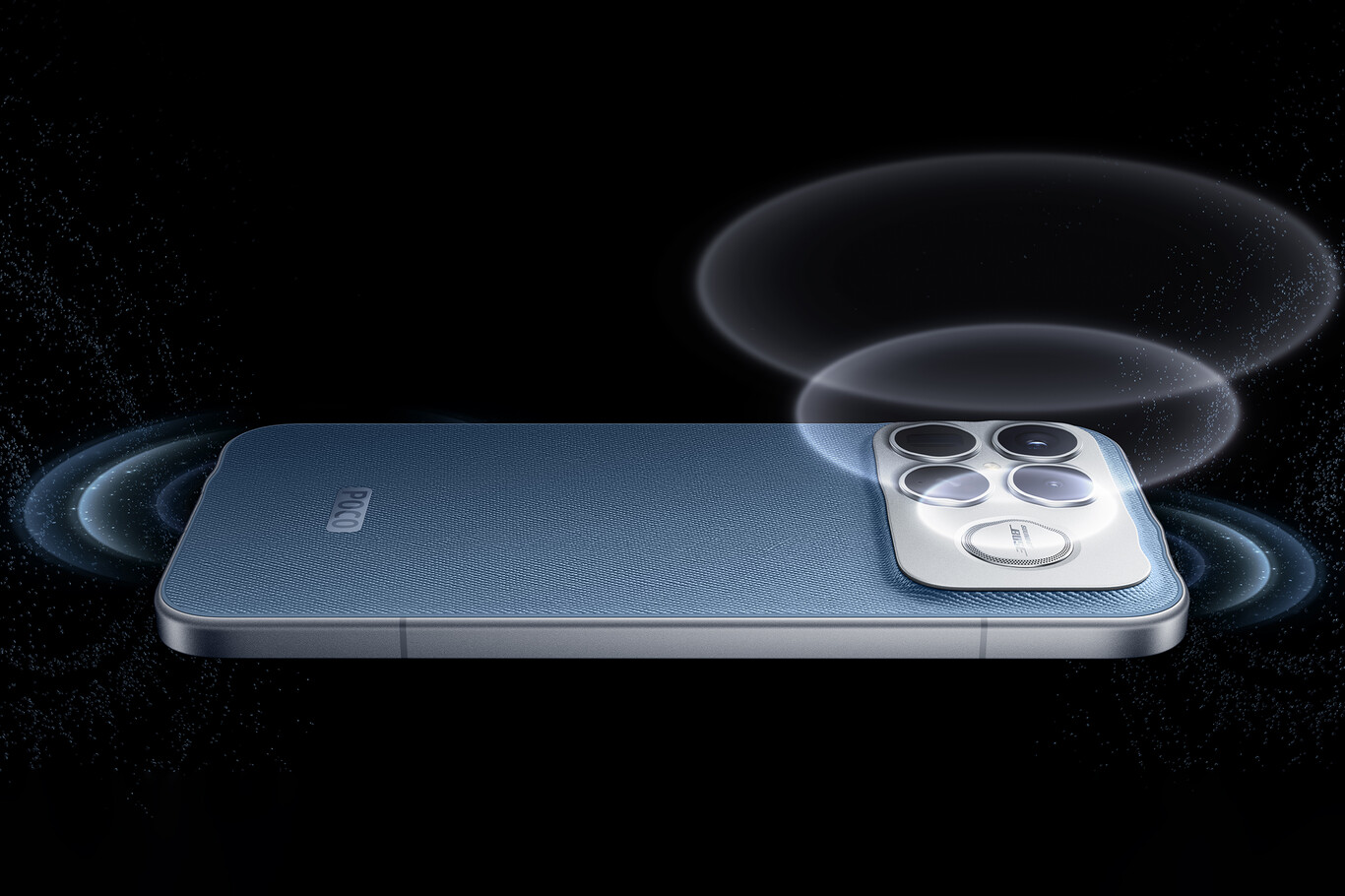
Where he What clearly sets the POCO F8 Ultra apart from many rivals is its sound.Far from being limited to standard stereo speakers, it incorporates a 2.1 system with three speakers: two symmetrical units, one at the top and one at the bottom of the frame, and a dedicated subwoofer located next to the camera module.
This set is tuned in collaboration with Bose, something reflected not only in the logo on the casing but also in the character of the audio. Rather than prioritizing maximum volume, POCO and Bose have opted for some serious, present, and controlled and an overall balance that keeps the voices clear and the high notes without harshness, even when the volume is turned up quite high.
The system offers two main audio profiles: Dynamic, which enhances the bass and provides a more powerful feel for games, movies, or electronic music, and BalancedMore focused on the clarity of voices and dialogue, designed for video calls, series, or podcasts. Both modes rely on technologies such as Dolby Atmos and Hi-Res Audio (also wireless), which rounds out the multimedia experience.
In everyday use, the result is a richer, fuller sound than most phones in its price range. While not a complete replacement for a dedicated external speaker, the F8 Ultra is perfectly suited for watching content in a group or playing games without headphones without significant quality loss.
Hardware and performance: Snapdragon 8 Elite Gen 5 and VisionBoost D8 chip
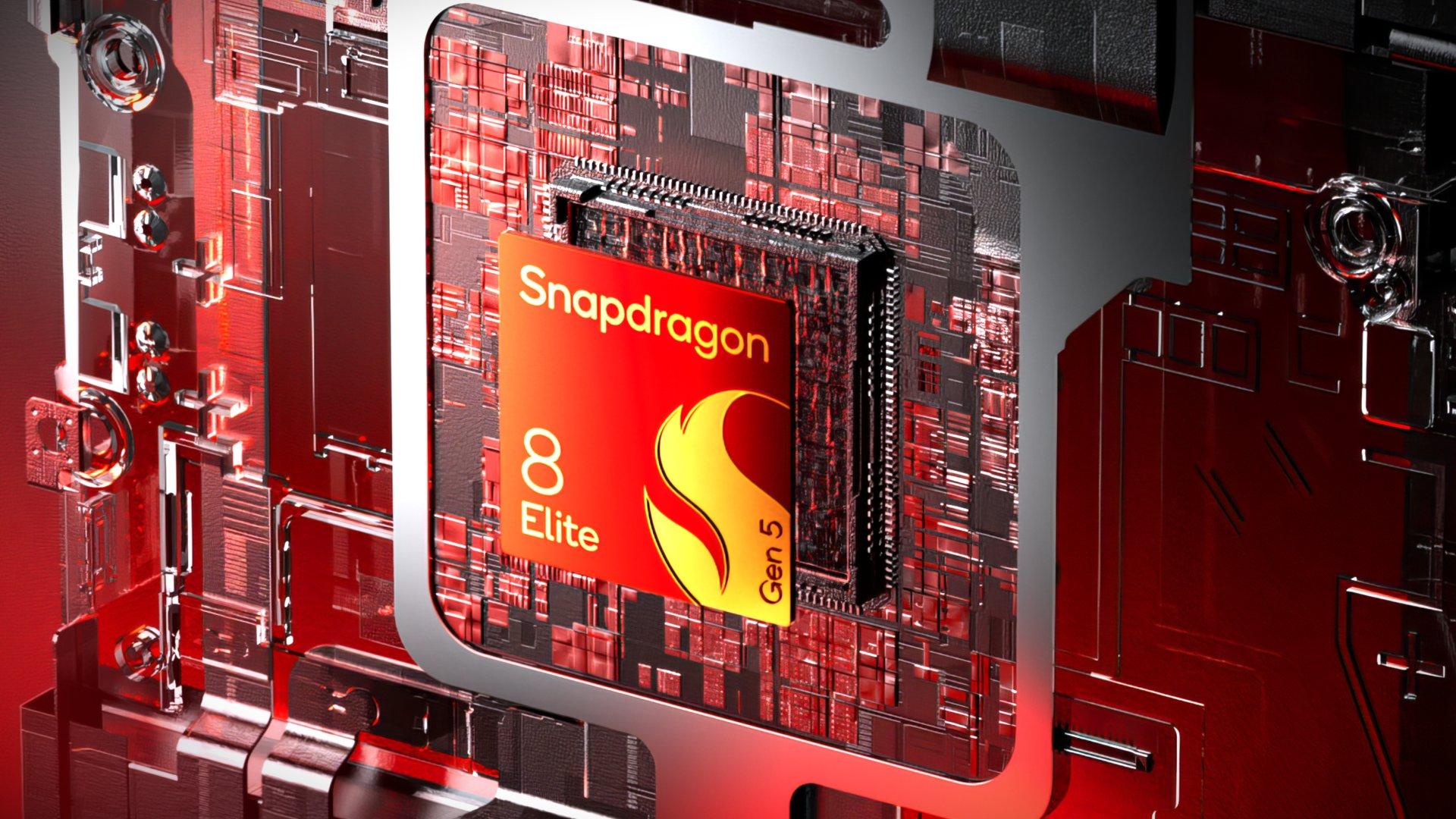
Inside the POCO F8 Ultra we find the Snapdragon 8 Elite Gen 5The most powerful Qualcomm processor currently available for Android. Manufactured using a 3-nanometer process, it combines high-performance cores that reach very high frequencies with others focused on efficiency, all managed by a next-generation artificial intelligence engine.
The SoC is accompanied by a memory LPDDR5X and storage UFS 4.1 in 12 GB + 256 GB and 16 GB + 512 GB configurations for Europe. This combination translates to outstanding performance in virtually any scenariofrom intensive multitasking to light video editing or use of AI tools.
POCO adds a specific coprocessor, the VisionBoost D8This chip is responsible for optimizing part of the graphics and visual processing. It is involved in tasks such as frame interpolation to achieve 120 FPS in compatible games, resolution upscaling (AI Super Resolution) and contrast and HDR enhancement in multimedia content, reducing the direct load on the main GPU.
In demanding games like Genshin Impact, Call of Duty: Mobile, or Fortnite, the phone is capable of maintaining high frame rates with graphics settings at very high levels. The liquid cooling system, with LiquidCool technology and 3D dual-layer IceLoop solutionIt helps to keep temperatures below a reasonable threshold, although in prolonged sessions it is inevitable to notice some heating in the rear area.
For hardcore gamers, the integrated game mode allows Activate high-performance profiles, adjust frame rate, force resolution enhancements or apply additional HDR treatment. All of this is enhanced by the integration of Bose sound, which greatly improves the experience in competitive or action titles.
HyperOS 3 and AI features: a loaded but increasingly polished layer
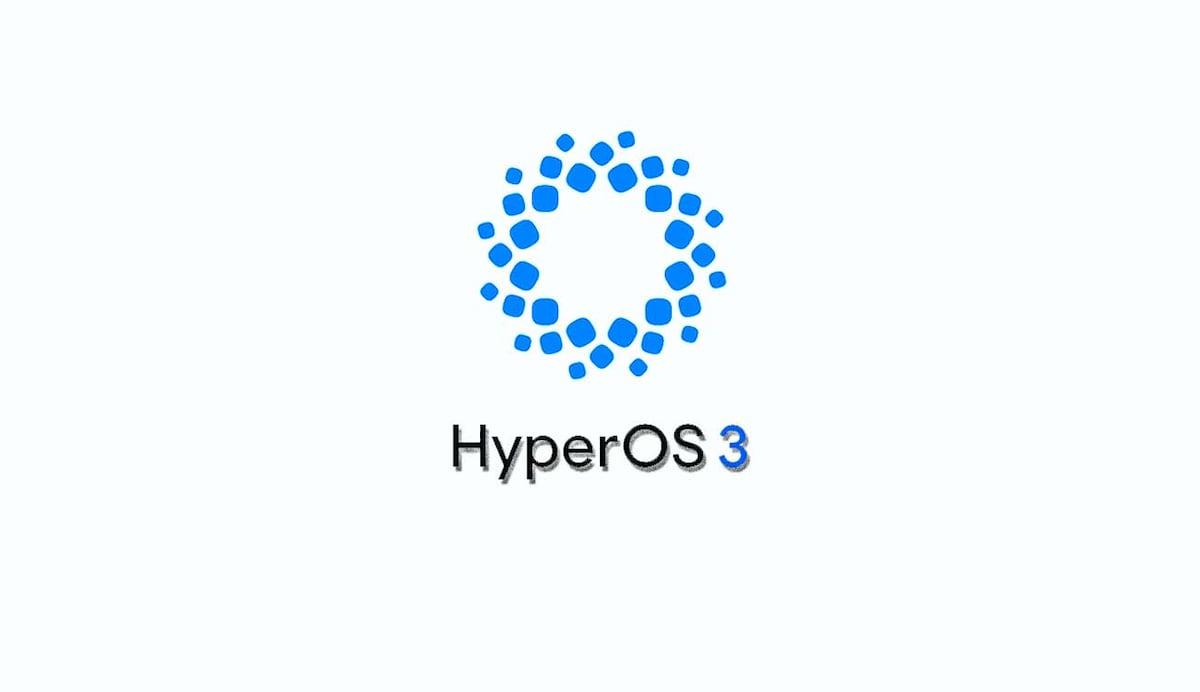
The POCO F8 Ultra arrives with HyperOS 3 based on Android 16Xiaomi's interface maintains its philosophy of offering a large number of customization options and extra features, from home screen organization to floating control panels, advanced power modes, and a good number of its own tools.
The interface maintains a colorful style, with meticulous animations And smooth performance, something that's especially noticeable with such powerful hardware. Elements like HyperIsland, the top bar with contextual notifications, and the control panel with quick access are reminiscent of solutions seen in other brands, but adapted to the Xiaomi ecosystem.
On the less positive side, there is still some presence of pre-installed applications that many users won't take advantage of (video platforms, promotional tools, alternative stores, etc.). Most can be uninstalled, but it's worth spending a few minutes at the beginning cleaning up anything you don't need to leave your system cleaner.
The artificial intelligence component is divided between Gemini, Google Assistant, and HyperAIXiaomi's integrated feature, found in the settings, includes the following useful functions: automatic transcription of recordings, the editing and rewriting of texts with changes in tone or style, AI-generated dynamic wallpapers, and the offline conversation translationvery practical when traveling abroad.
In photography, AI tools allow you to remove elements from an image, enhance certain details, or adjust the sky and lighting. Not all functions are equally advanced, and there is sometimes some overlap between what Gemini and HyperAI offer, but together they represent an interesting addition for those who want to experiment with these tools.
Battery and charging: 6.500 mAh and fast charging up to 100W
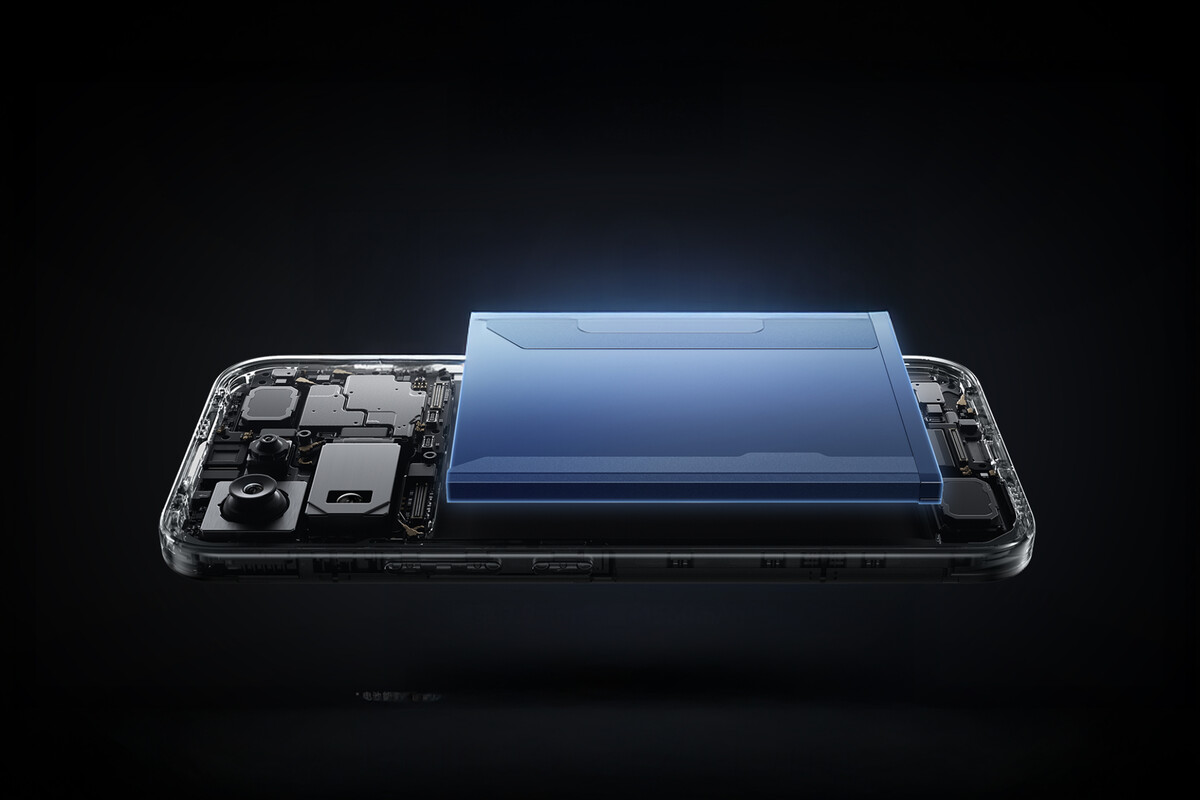
One of the most significant changes compared to the previous generation is in the battery. The POCO F8 Ultra has a 6.500 mAh batteryThis is well above the usual values in the traditional high-end range. In return, the brand slightly reduces the maximum wired charging power from the 120W of the F7 Ultra to 100 W in this model.
In practice, battery life is one of the device's strong points. With intensive use combining social media, browsing, gaming, video playback, and photography, it's relatively easy to make it to the end of the day with some battery life to spare. With more moderate usage, reach a day and a half or even two days Without going through the charger, it falls within reasonable limits.
The charging speed depends on the adapter used and whether the following functions are enabled: smart charging To preserve battery health. With a compatible high-power charger, it's possible to go from low percentages to a comfortable level in just a few minutes, while the final stretch to 100% is managed more slowly to reduce cell wear.
In addition to wired charging, the F8 Ultra incorporates wireless charging up to 50Wa feature that is still being cut in many flagship killers to reduce costs. It also admits 22,5W reverse wireless charging, useful for giving some power to headphones, watches or even another compatible mobile phone at a specific time.
The power settings provide detailed information on which apps are consuming the most power, the estimated remaining battery life, and allow you to activate different performance or power-saving modes. They also include features like Smart Charging, which adjusts the charging power based on the device's temperature, current battery level, and usage.
Camera system: triple 50 MP sensor and 5x periscope
Historically, POCO phones focused on performance have lagged somewhat behind their direct competitors in photography. With the F8 Ultra, the brand attempts to correct this trend with a set of three 50-megapixel cameras that cover wide-angle, ultra-wide-angle, and periscope telephoto lenses.
The main camera uses a sensor Light Fusion 950 50MP With a 1/1,31-inch sensor and optical image stabilization (OIS), combined with a bright lens, this hardware significantly increases light gathering compared to previous generations, resulting in better detail and noise control.
The results with good lighting are very satisfactory for most usersThe photos have a high level of detail, good contrast, and reasonable dynamic range. The processing tends to produce somewhat intense colors, especially greens and reds, but without the excess seen in other POCO models. Skin tones can still appear slightly cool, although an effort to balance them is noticeable.
At night or in low-light scenes, the main camera keeps up the good work provided there is some artificial lighting. improved night mode It helps to recover detail in shadows and reduce noise, although if the ISO is pushed too high, the classic texture smoothing appears. It's not a system designed to compete with the most expensive photographic benchmarks, but it does offer a A clear improvement over the previous series.
The ultra-wide-angle lens, also 50 MP, offers a wide field of view Useful for landscapes and architecture. Detail is somewhat lost in the corners and the overall sharpness level is below that of the main sensor, but the The color remains fairly consistent and the camera performs adequately. provided the scene is well lit.
The jewel of the ensemble is the periscopic telephoto lens with 5x optical zoom (equivalent to 115 mm), also 50 MP and with OIS. This lens It allows you to get very close to distant subjects without a noticeable loss of quality, and the high number of pixels It allows for a sensor crop of up to approximately 10x maintaining a usable result for social media or viewing on the mobile device itself.
In good lighting conditions, the periscope telescopic lens performs frankly good, with detailed photos and a pleasing natural blur in distant portraits. When the light is low, the The sensor has more difficulty freezing motion, and some noise and loss of sharpness appear., something common in telephoto lenses of this type, even in more expensive devices.
The front camera is 32 megapixels and is designed for selfies and video callsIt offers a good level of detail and convincing portrait isolation in most situations, with the option to adjust the background blur. It remains a valuable feature. a certain tendency to lighten the skinSomething that many users may find appealing, even if it is not entirely accurate.
In the video, the POCO F8 Ultra allows recording up to 8K is 30 fpsIn addition to 4K at 60 fps and 1080p at 60 fps. Combined stabilization (optical and digital) It works reliably at resolutions up to 2,8K and 30 fpsFrom that point on, the margin for correction is reduced. The overall quality of the footage is good, suitable for regular use, but it's not the aspect that stands out most compared to its direct competitors.
Connectivity and other details to consider
The POCO F8 Ultra comes well-equipped in terms of connectivity. It is compatible with networks. 5G SA and NSAIt integrates WiFi 7 and Bluetooth 6.0and you can check if your The headphones are compatible with Bluetooth LE Audio., and it retains Xiaomi's classic infrared emitter so you can use your mobile phone as a universal remote control for televisions, air conditioners and other household appliances.
To improve signal stability, POCO uses modules Xiaomi Surge T1S Tuner and T1S+ TunerThese sensors intelligently adjust transmission and reception power. According to the manufacturer, this results in a significant improvement in mobile network connection quality and WiFi and Bluetooth response, which is especially relevant for intensive cloud gaming or online multiplayer.
The USB-C port offers standard USB 3.2 Gen 1This speeds up the transfer of large files (such as 4K or 8K videos) to a computer and allows for wired video output to compatible monitors. The vibration motor lives up to expectations for a high-end device, with a precise and well-modulated response that enhances the feel when typing or navigating the interface.
In terms of biometrics, in addition to the ultrasonic fingerprint reader, the device supports facial unlocking via front cameraIt's not as secure as a solution with specific depth sensors, but it's convenient for those who prefer to prioritize speed over the highest level of protection.
Price, launch in Spain and positioning in the high-end range
In the Spanish market, the POCO F8 Ultra has been launched with an aggressive pricing strategy, very much in line with the brand. The model of 12 GB of RAM and 256 GB of storage part of a reference price around 829,99 EurosHowever, during the first few days of availability, the following measures have been applied: Promotional discounts that bring the price down from 549,99 eurosespecially during campaigns like Black Friday or launch periods.
The version with 16 GB of RAM and 512 GB It's positioned above that, with an official price of around €899 in Europe, although it's also subject to coupons and promotions in the Xiaomi online store and at authorized retailers. In any case, the message is clear: POCO wants to offer its own hardware from much more expensive mobile phones at a significantly lower cost.
The F8 Ultra coexists in the catalog with the LITTLE F8 ProA slightly more modest model that maintains much of the series' philosophy but with compromises in screen, battery, and cameras. The existence of this second device helps to better segment the range: those looking for a more balanced and somewhat more compact device can opt for the Pro, while the Ultra is reserved for those who prioritize large screen, battery life and maximum possible performance.
For Europe, the brand accompanies these launches with a strong marketing campaign around the collaboration with Bose and the gaming capabilities, as well as a battery of initial offers that position the F8 Ultra as one of the most attractive propositions in terms of specifications and price within the current high-end range.
The POCO F8 Ultra is presented as one of the most ambitious phones the brand has launched to dateIt combines a more refined design, a large-format screen with high brightness, sound well above average, a battery that inspires carelessness and top-notch performance, at the cost of a considerable size, a loaded software layer that will not please everyone and a camera that, despite improvements, still does not reach the best photographic examples on the market.
I am a technology enthusiast who has turned his "geek" interests into a profession. I have spent more than 10 years of my life using cutting-edge technology and tinkering with all kinds of programs out of pure curiosity. Now I have specialized in computer technology and video games. This is because for more than 5 years I have been writing for various websites on technology and video games, creating articles that seek to give you the information you need in a language that is understandable to everyone.
If you have any questions, my knowledge ranges from everything related to the Windows operating system as well as Android for mobile phones. And my commitment is to you, I am always willing to spend a few minutes and help you resolve any questions you may have in this internet world.

